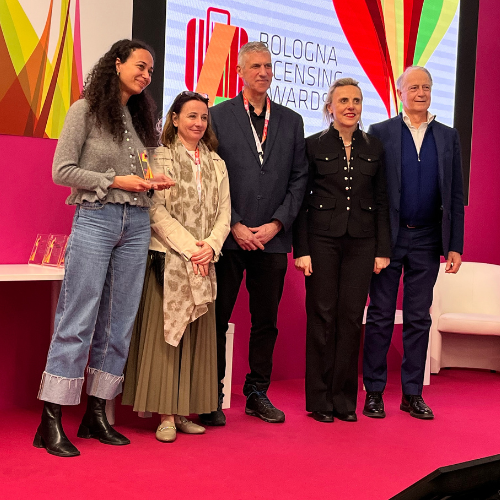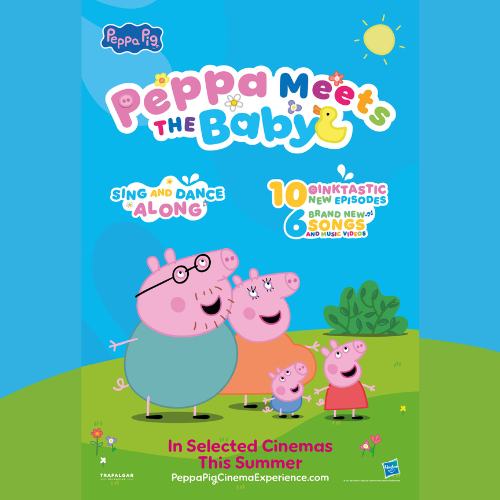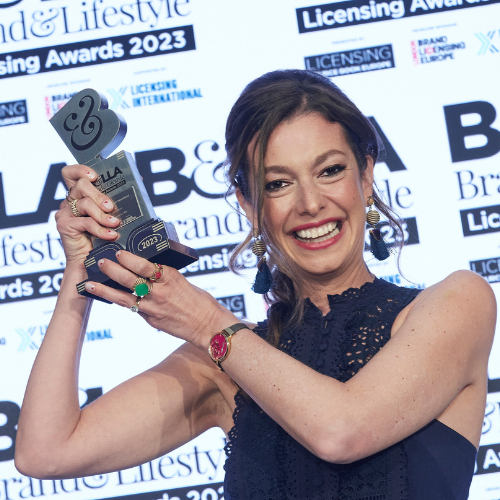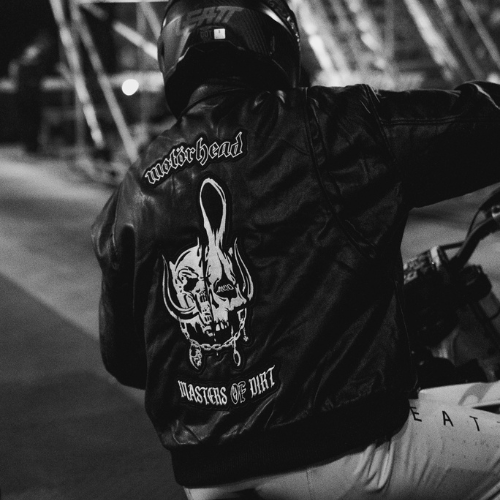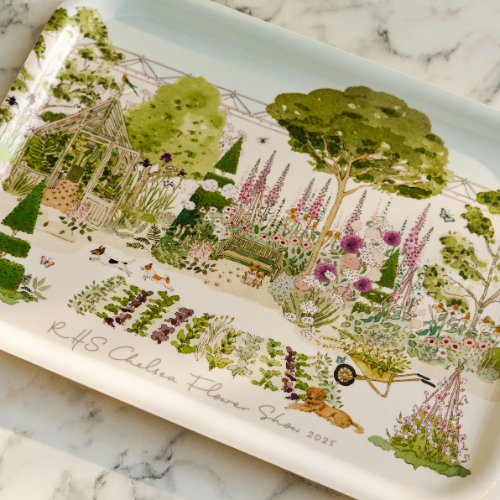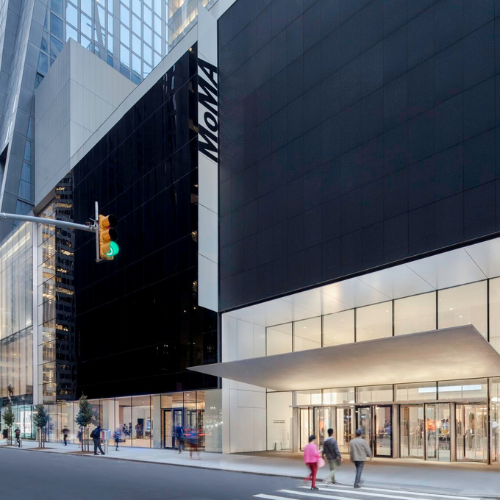Oliver Dyer, founder and md of brand extension creative agency Skew, on why, when it comes to the style guide, the world is moving on.
There’s an industry in 2022 that invests 90% of its creative budget, millions of dollars worth, into tools that have barely changed since the 70’s and where some of its top executives admit that 90% of its creative output is never put to any use. Ninety!
As a leader in that industry, faced with an unknown ROI, what would you do? Shrug this news off as an acceptable price of doing business? Double down and invest more? Or try to find another way. Well, this our industry, you are that leader, the creative tool I’m talking about is the style guide and I’m here to tell you, the world is moving on.
The style guide has been the licensing industry’s default tool, our the basic unit of creativity since before Star Wars. It’s like Batman’s utility belt, the Sonic Screwdriver of brand extension, the Elder Wand of product development. With the right swish and flick we recite the incantation and trust it to ignite an explosion of brand extension magic. Apart from when it doesn’t. Which, it turns out, is about 90% of the time. What is going on?
Swiss Army Strife
To understand, we need to get back to the problem style guides are attempting to solve. Fundamentally guides exist to be a fixed point of truth for a brand. They’re there so that one company can efficiently control their IP as their brand extends and is put to use by external companies. That’s it.
But what started as a logo, some packaging and a few creative assets is now a research path to brand DNA, segmentation and competitor analysis, an insight document, a designers reference, a sales tool, a PD tool and a brochure that has to be both timeless and bang on trend.
I could go on but it’s clear that this tool from the 1970’s is like butter spread on too much bread. Back then markets moved more slowly, trends came top down from the catwalk to the high street in a predictable way and the route to market was tried and tested. Blockbuster, Woolworths and DVDs were still a thing!
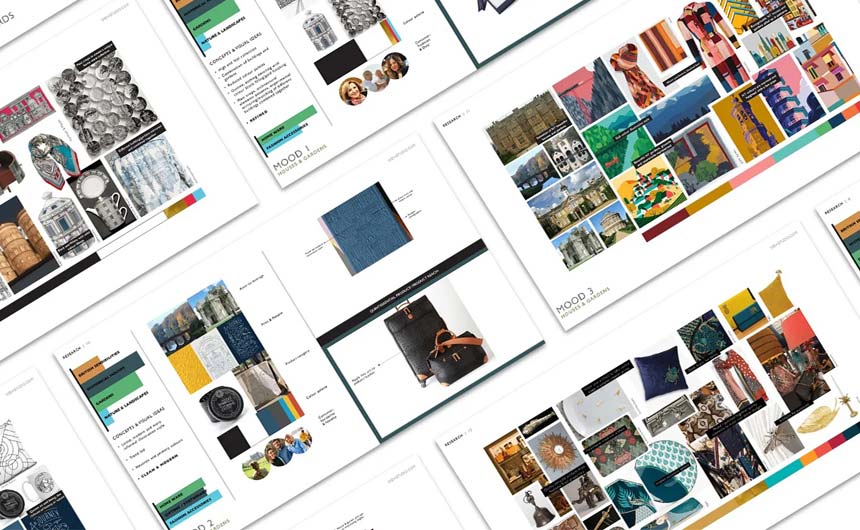
Hit and hope
Since the DVD went to the great tech graveyard in the cloud, everything has changed. We’ve had commercial innovations like DTR, the explosion of collab capsules, pop-ups, e-commerce and direct to consumer. Bringing us up to date we now have the creator economy that is directly connected to its own community with the community inspiring product development. This is showing the way to exciting new ways of extending brands. So next, in-between figuring out the impact of digital goods, hybrids and block chain we have to pause and ask ourselves; is the style guide still fit for purpose?
Meaningful measurement
If that 90% figure is even close to uncovering the creative waste in licensing then we have a huge problem. And an even bigger opportunity.
Style guides are everything – apart from measured. They are rarely held to account and you can’t improve what you can’t measure. An effective replacement has to begin there and aim for zero waste, cutting edge effective creative, happier partners and delighted fans.
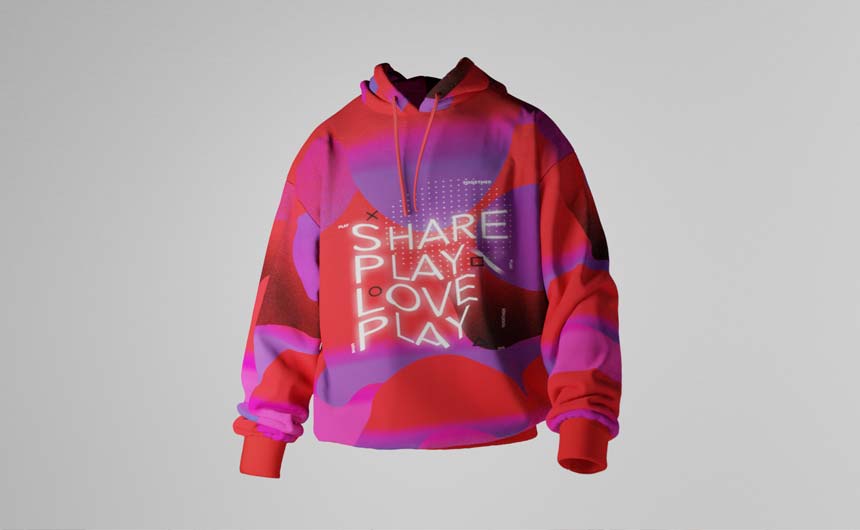
I see three steps to a more effective future.
Step one, plan.
We need to get commercial, sales and creative teams working much closer together. Take a longer view, map commercial targets against annual sales calendars and brief a set of creative interventions timed to unlock opportunity.
Step two, measure.
Select reasonable, reliable KPIs that are meaningful to you and your organisation over a long enough time period. Sell in, sell through, relationship quality index, customer sat, revenue, profit, whatever. Collaboration and measurement of the creative matter as much as the metric. Hold it to account!
Step three, iterate.
With results back build on the creative that works, chuck out what doesn’t, refine for the next period and start chipping away at that 90%.
Effectively Excellent
The strategy team at Skew will always see many cases where a brand’s needs are best served with a style guide. But we’re developing services for a future where, to be effective, the majority of brand extension creative will be flexible, bespoke, constantly updated and most importantly measured! Your IP is not a fixed point, there are opportunities out there waiting to be unlocked with a creative process designed for the future.
Oliver Dyer is the founder and md of the brand extension creative agency Skew. Skew changed brand licensing in a big way when it introduced trend forecasting to IP. Now it’s aiming to do it again with the idea of making brand extension even more effective through detailed measurement.












